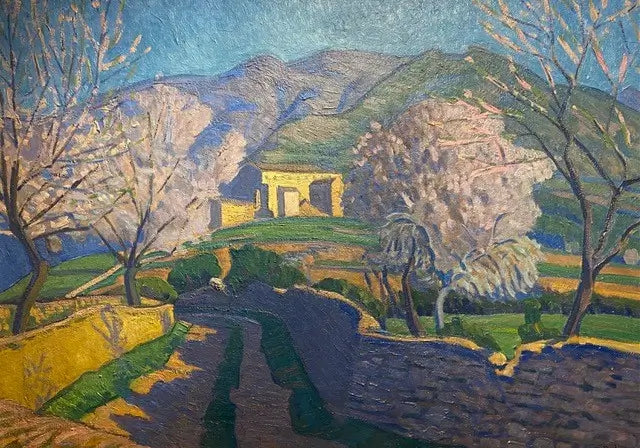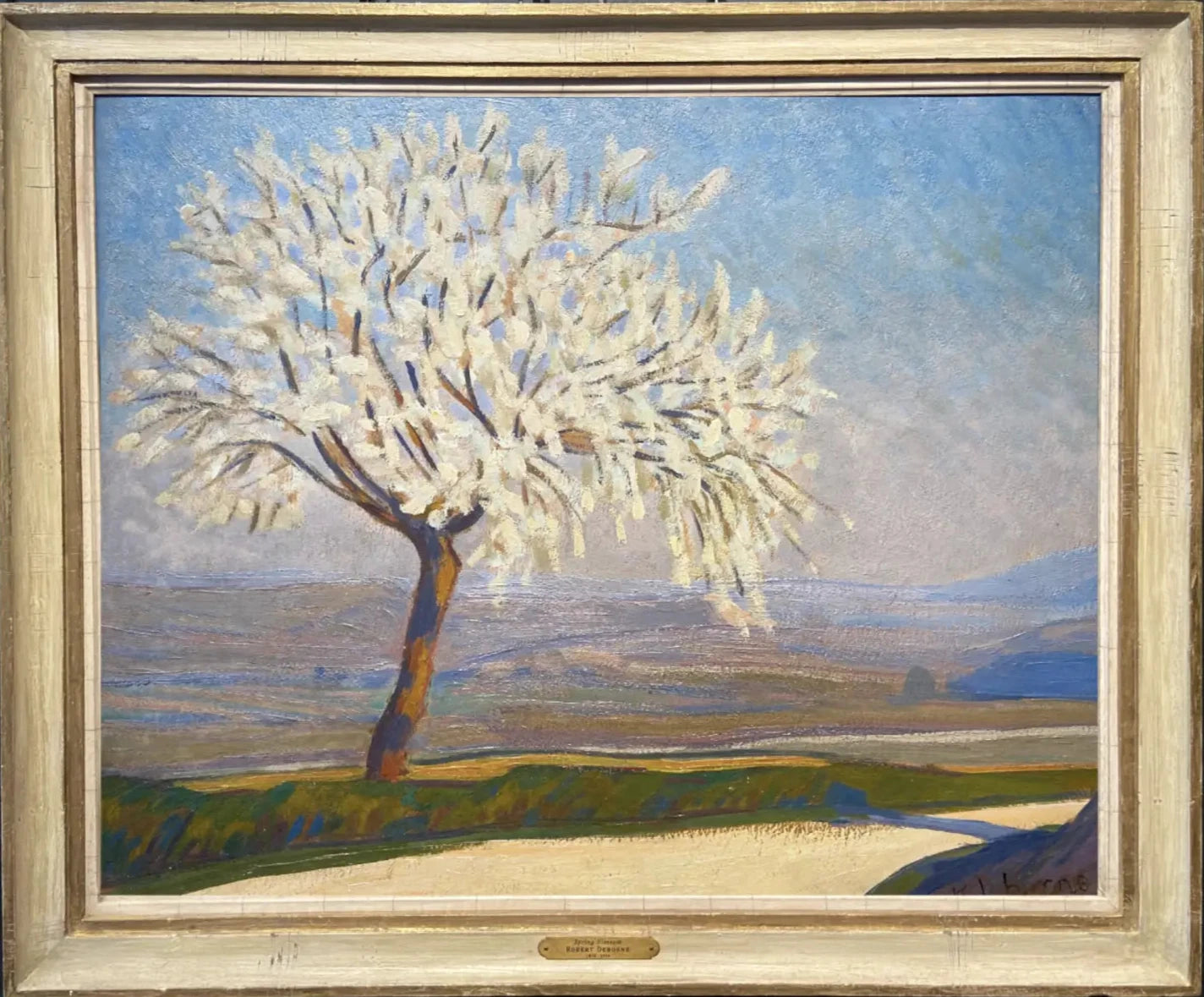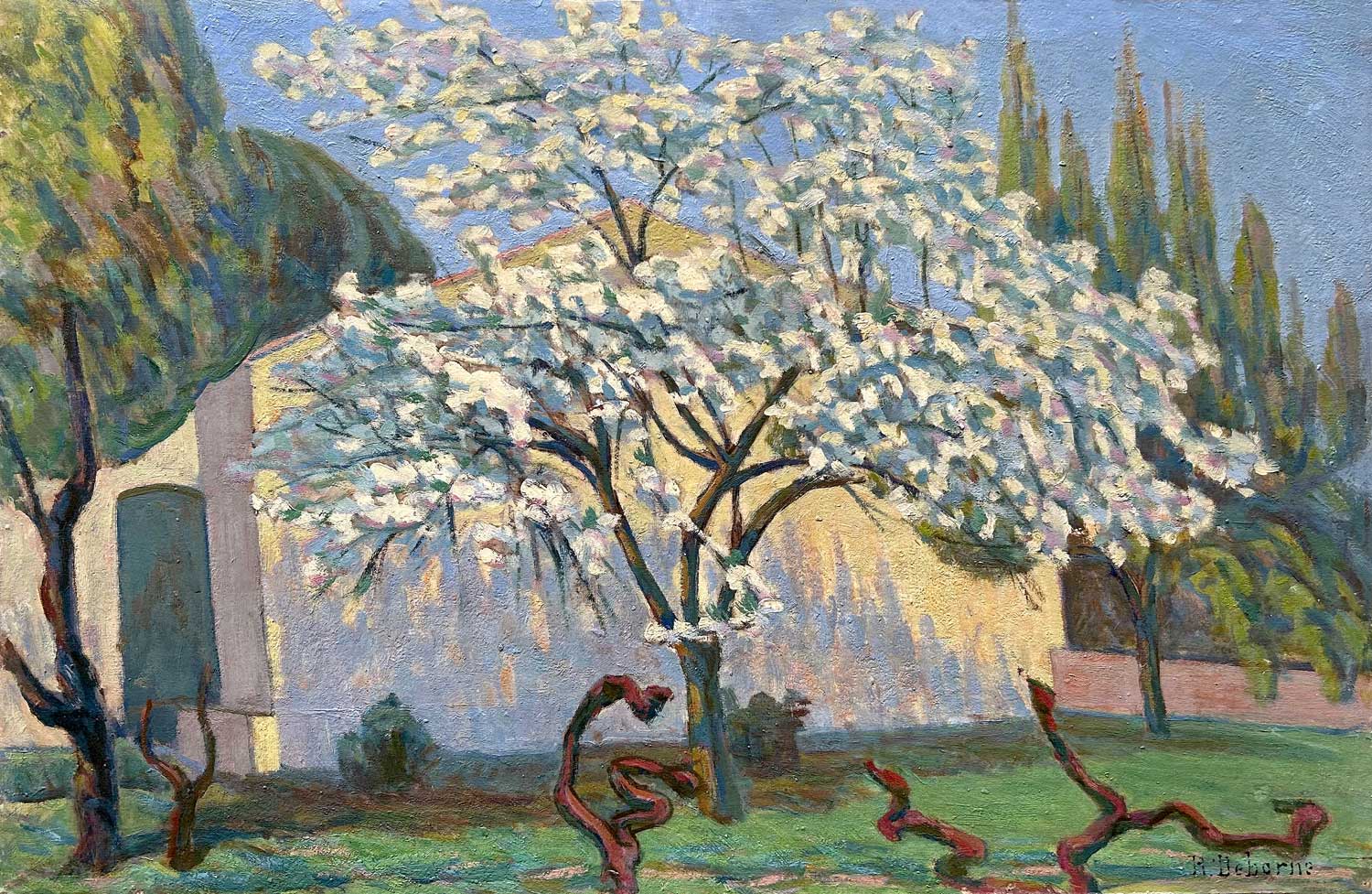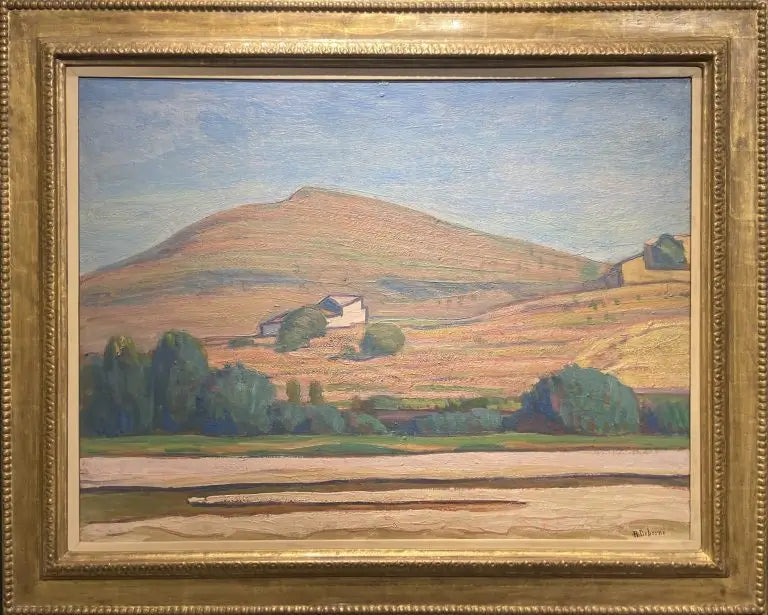Robert Deborne

Robert Deborne
Robert François Abel Deborne was born in 1870 in Viviers, a small cathedral city in the south of France. His father was a wealthy landowner and his mother was a member of a prestigious wine producing dynasty, located in nearby Gigondas. Little is known about Deborne’s childhood, but given his parentage it is likely to have been a comfortable one. He attended school in Viviers and then went to the École Nationale Supérieure des Beaux-Arts in Lyon. Here he resided in the Rue Fournet in the Brotteaux district.
In 1900, Deborne moved to Meudon, a suburb in Paris. Here he married Marie Morel and they had two children Jacques (1904 – 1976) and May (dates unknown).
At the Paris Salon of 1903, Deborne exhibited a nude study entitled Femme au Miroir, which has sadly since been lost. In 1905, he participated in the Salon d’Automne, a breakaway exhibition established by Renoir and Rodin as a rival to the summer Salon, which many artists felt had become too bureaucratic and conservative. At this very Salon, in 1905, the Fauvism movement was sensationally launched - a movement that Deborne was part of.
The Deborne family moved to Corsica in 1911, but the happiness was not to last. Shortly before the First World War, Deborne abandoned his family on the island and returned to his birthplace in Viviers. Here, he was able to pursue his passion for painting without encumbrance or distraction.
He exhibited many times at the Salon du Sud-Est over the following years, mainly landscapes of Vivarais and the neighbouring Rhone regions. There is no evidence that Deborne followed any profession at all, preferring instead to dedicate his life to his painting. Given his wealthy background, it is no great surprise that he felt no need to host solo exhibitions or engage with any patrons or dealers during his lifetime, as he had no need to earn his living. A legacy from a maiden aunt named Anna Barruol (on the wine-producing side of the family) also helped in this regard, enabling him to set up a studio at number 4, Avenue de la Station in Viviers in 1929.
Leading a rather solitary existence, Deborne was often to be seen carrying his easel, canvas and paintbox down the quiet country lanes of Viviers , apparently usually under the shelter of an oversized hat. He mainly stayed within the Vivirais region, with occasional excursions to the banks of the Rhone nearer to the location of his maternal family’s chateau and vineyards. He painted en plein air, returning again and again to the same locations to capture the differences in the seasons. In fact, all his known paintings only depict the various landscapes during the spring, summer and autumn – there are no known winter scenes. This seasonal approach is also part of the reason that Deborne did not exhibit at the Paris Salon and instead favoured the Salon d’Automne. The Paris Salon took place in summer, when Deborne was on his painting excursions in his local area. One of his few companions on these expeditions was the Post-Impressionist artist Paul Signac, who became close friends with Deborne after they exhibited together at the Salon du Sud-Est. Signac would often visit Deborne in Viviers, where he would reside at the Villa les Maraniousques.
In 1942, the Nazi forces occupied Viviers. Deborne hid his works in his studio, but passed away in July of 1944, only two months before the liberation of his hometown. His works remained safely hidden in his workshop for over 80 years, until the artist’s grandson stumbled across Deborne’s hidden trove. It is perhaps for this reason that Deborne’s works have been neglected by the Post-Impressionist canon.










